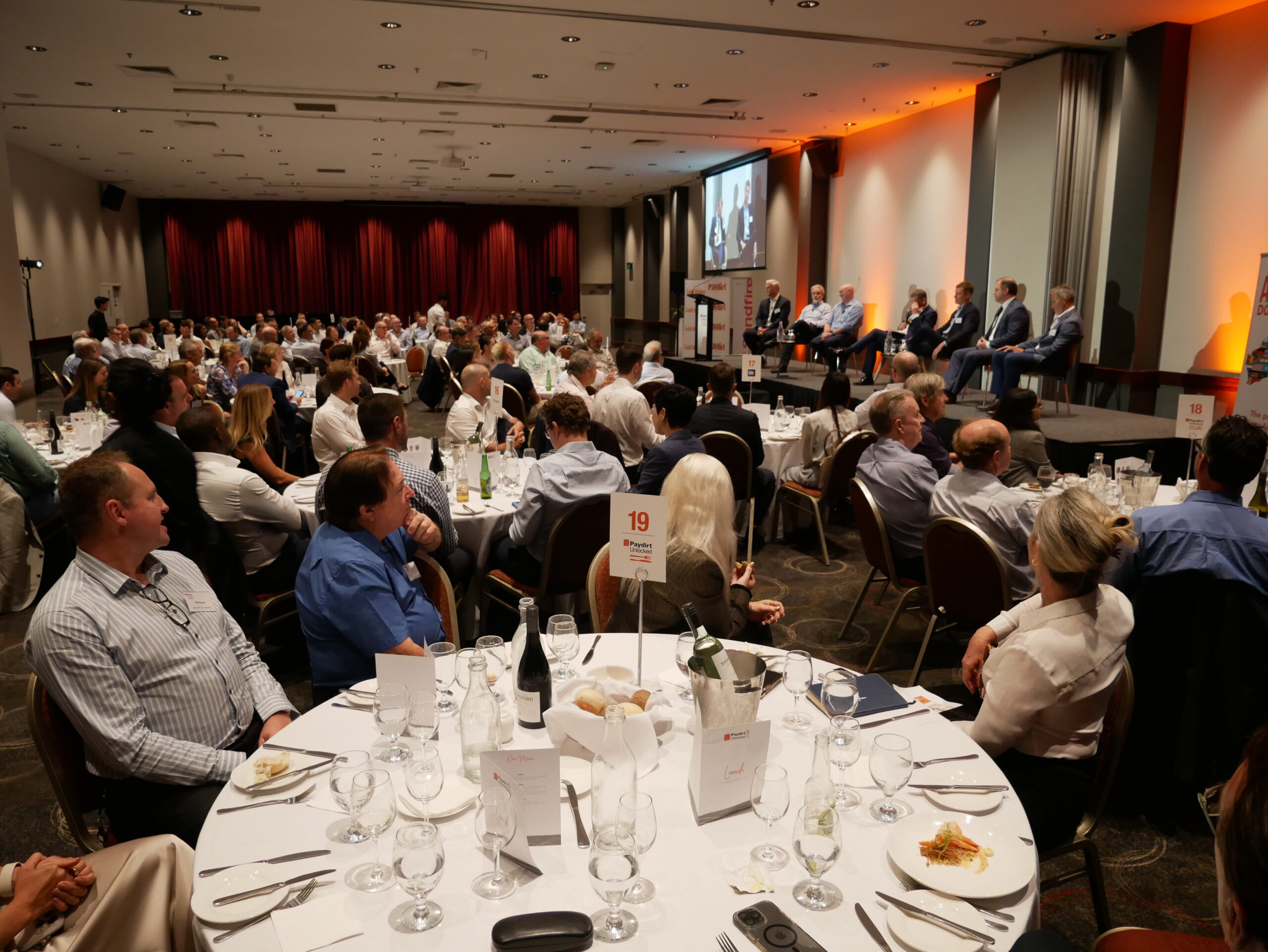This hasn’t been a deliberate strategy, merely following where the news is and there have been few times in living memory when the Australian copper space has been so busy.
While some of the steam has come out of the price, there remains confidence in the longer-term supply/demand fundamentals and for once ASX-listed juniors are getting a piece of the action.
The ASX’s relationship with copper players has been complicated. For most of the 2010s, Australian investors were restricted to just a few options, chiefly Oz Minerals and Sandfire Resources Ltd.
Each a different make-up but both suffered from the same problem, a lack of growth options with no available assets capable of matching their existing ones.
This was largely because their foundational assets were unique.
Oz itself had an unusual journey to pure copper play. Its genesis was in the combination of two mid-tier base metals producers, Oxiana and Zinifex, the merged group boasting a portfolio of copper and zinc assets across Australia and the South-East Asian country of Laos.
The deal was typical of the brash nature of the junior and mid-tier resources sector in the mid-2000s – two junior companies coming together to create a company its management thought capable of taking full advantage of the commodities “super-cycle” many analysts and commentators were predicting.
The optimism did not last long, the GFC arriving within months of the merger settling.
A white knight came in the form of China Minmetals which listed a subsidiary, MMG Ltd, on the Hong Kong Exchange and successfully launched a rescue package for the entire Oz portfolio.
The Foreign Investment Review Board ran interference on the bid due to the Prominent Hill copper mine sitting within the Australian Defence Force’s Woomera Prohibited Zone in South Australia. Eventually a carve-out deal was arranged, MMG taking the bulk of the portfolio and Oz retaining its listing and Prominent Hill.
Ultimately that proved good news for Oz. While the other assets in its former portfolio largely failed to perform, Prominent Hill proved the most prolific Australian copper discovery of the past 30 years, going on to consistently deliver 120,000 tpa copper and 130,000 ozpa gold over 14 years until BHP Ltd took over the company and asset in 2023.
While Sandfire had its own corporate machinations in its formative years, its ascent to a copper-only strategy was purely geology driven. The company was a run-of-the-mill West Australian explorer for its first few years of existence before an ambitious drilling campaign on its Doolgunna ground in the Murchison, Western Australia in 2009 returned hits of 47m @ 5.3% copper, 20.1 g/t silver and 1% zinc, 22m @ 3.6% copper, 3.8 g/t gold and 13.4 g/t silver and 18m @ 2.9% copper, 13 g/t silver and 2.1% zinc.
The DeGrussa mine was brought into production over two years later, becoming a prolific high-grade producer for more than a decade, first with DSO material grading more than 25%, before settling into 67,000-70,000 tpa copper at plus-5% head grades for more than a decade.
The problem for both was that growth was so difficult to achieve. Oz picked up the other major South Australian copper discovery, Carrapateena, and brought that into production but after that the development pipeline quickly dried up.
For Sandfire, it was almost impossible to find another DeGrussa, both in the Murchison and on the market. There was simply nothing of comparable grades and cash costs.
With DeGrussa’s reserves dwindling and Black Butte in Montana still looking a longer-term proposition due to permitting hurdles, Sandfire was increasingly desperate to act.
Sandfire ended up paying $140 million for Mod Resources and its Motheo discovery in Botswana. The company took plenty of criticism at the time, Motheo being lower grade and in a perceived higher-risk jurisdiction than WA.
Part of the problem was that DeGrussa and Prominent Hill had skewed what investors understood about robust copper projects. They believed the only profitable copper mines were the big-ticket porphyries of Latin America, the plus-100,000 tpa IOCGs like Prominent Hill, or ultra-high grade VMS deposits such as DeGrussa. Anything outside of that was not worth it.
However, as First Quantum Minerals Ltd exploration director Mike Christie pointed out at Paydirt’s Copper Unlocked event in March (see page 34), a 60,000 tpa mine is small by copper industry standards, but is akin to a 200,000 ozpa gold operation.
The proliferation of juniors in the space is an indication that investors are perhaps reassessing those parameters. Indeed, Sandfire itself has proven with Motheo that a 50,000 tpa copper asset can be built on a modest budget and quickly generate returns, even while the spot price fails to meet the bullish expectations.
I provide this potted history of the modern Australian copper sector to illustrate how different things are today. You’ll see from this issue that more than a dozen juniors find themselves with projects they are capable of developing themselves.
It is a distinct shift.
If the start of 2025 is anything to go by, we could be set for an oxymoronic golden copper age.

